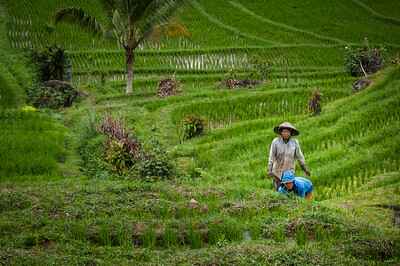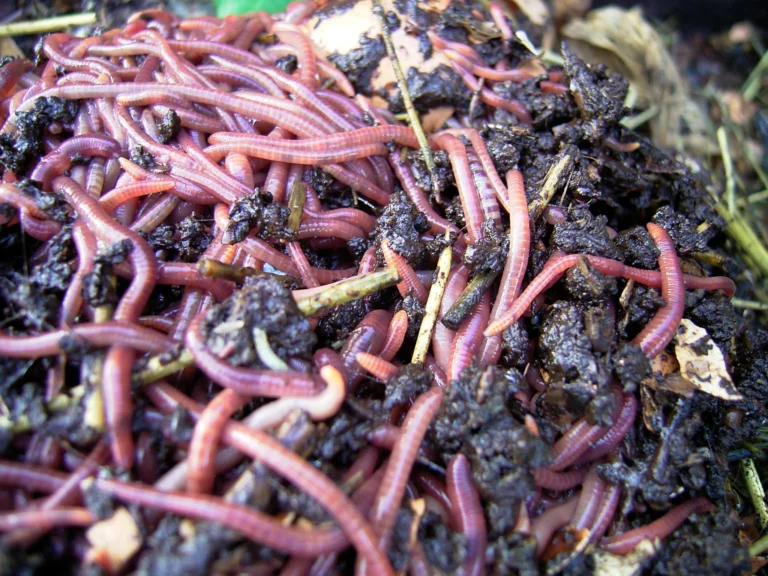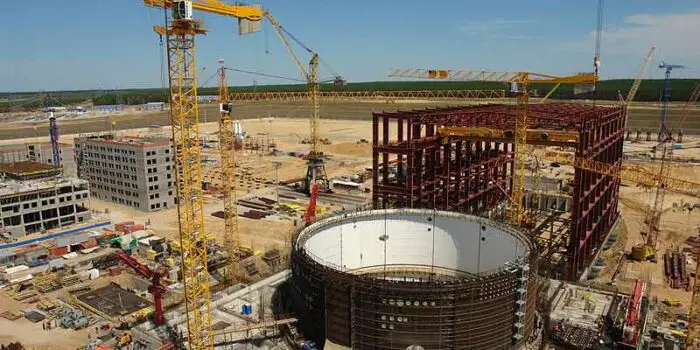5 Disadvantages of Terrace Farming Explained
Disadvantages of terrace farming are; labor-intensive procedure, water circulation interference, poor construction risks, continuous maintenance requirement, and case-specific limitations.
This article discusses the disadvantages of terrace farming, as follows;
1). Labor-Intensive Procedure (as one of the Disadvantages of Terrace Farming)
One of the most prominent disadvantages of terrace farming is the amount of labor that is often required to build terraces into a slope [4].
To fully understand the difficulty of this task, it is necessary to consider issues such as required precision and nature of the terrain.
There is a significant level of precision needed to construct terraces, especially because of their intended function for topographic segmentation and downslope-flow control.
Each terrace in a sequence must be at approximate right-angles with the slope's axis, and must be close to its adjacent members in size or area. At the same time, the terraces must be built to ensure some degree of mechanical resilience, since they are to serve as a form of vegetative steps.
In addition to the precision and resilience that are both required, terrace farming is carried out in regions with little accessibility, and which may have a very steep topography. These conditions add to the rigor of constructing terraces.
The accessibility challenges of sloping regions also implies that there is a limit to the feasibility of utilizing agricultural machinery in terrace farming. This is a huge challenge, especially where large-scale cultivation is concerned.
By being labor intensive, terrace farming obviously consumes time in its early stages, and for the maintenance of terraces after they have been built. This means that the capital cost for terrace farming can be relatively high.
High capital cost is a problem given the fact that lands suitable for terrace farming are often situated in low-income, remote areas. This can make it difficult for farmers to adopt the practice.

2). Water Circulation Interference
Terrace farming is known for its ability to reduce the impact of erosive agents like water, on slopes. This is generally achieved through the slowing and retention of fluids on the slope, rather than their rapid and erosive downslope movement.
However, in some cases, this ability to retain water can become a disadvantage, especially when dealing with terraces that are aged and have received minimal maintenance [3].
The disadvantage of terrace farming with regards to water retention lies in the risk of retaining too much water.
When water from precipitation flows down on a slope, it is usually distributed evenly across the regional landscape, so that natural flow trends and water bodies like alluvial streams are recharged.
With terracing, such effective water distribution or circulation can be significantly reduced.
This is a problem because it offsets the natural functioning of the ecosystem, in terms of hydrological processes.
In cases where the slope is composed of soil with significant water-holding capacity and low shear resistance, excessive water retention can in fact increase the risk of regional hazard by mass movement (mudflow or landslide), as the slope becomes unstable.

3). Poor Construction Risks (as one of the Disadvantages of Terrace Farming)
The main problem with terrace farming arises from the need to construct terraces to suit case-specific factors like soil type, land mass, and slope inclination.
Because of this need to consider multiple factors when constructing terraces, the practice of terrace farming is not without risks of poor terrace construction and worsening of topographic conditions.
Constructing poor terraces can have adverse effects because it directly alters the geomorphology of the land.
Slope-related problems like erosion, mass movement and soil degradation, can become more severe if terraces are not made to suit the conditions of a given site.
The above explanation further emphasizes the relative difficulty of terrace farming in terms of initial required labor, and terrace maintenance.
4). Continuous Maintenance Requirement
The objective of terrace farming is to make undulating land more accessible and reliable for agricultural purposes through slope segmentation and stabilization.
To achieve this objective, terraces must not only be constructed, but also require maintenance to ensure that they continue to function optimally.
Because plants are cultivated on the terraces, it is not very uncommon for some sections to collapse due to soil loosening and the impact of wind and precipitation. This means that terrace maintenance involves both repair and rebuilding of the terraces [1].
The difficulties faced in terrace farming include illiteracy, poverty, lack of mechanized equipment, and even labor shortages [2].
These issues are common in the undulating regions where terrace farming is required. Therefore it is often difficult to sustain a farming scheme that includes maintenance, and non-maintenance itself (or inadequate maintenance) will lead to other problems.
5). Case-Specific Limitations (as one of the Disadvantages of Terrace Farming)
While it is obviously beneficial in several ways, the suitability of terrace farming is limited to a number of conditions.
The first of these is a sloping geographic relief. Others include soil type, and types of crops being cultivated.
This means that some undulating regions may not have suitable slope-inclination for terrace farming to be effective.
Regions where terrace farming method is common include parts of Peru, India, Japan, Philippines, China, and Africa. What these regions all share in common is the presence of vast sloping land, and relatively-fertile soil.
Aside being relatively fertile, soil with unfavorable petrophysical characteristics like particle size, permeability and porosity will not perform well in terrace farming.
These case-specific limitations of terrace farming are generally more difficult to bypass than those for other sustainable agricultural practices.
Conclusion
Disadvantages of terrace farming are;
1. Labor-Intensive Procedure
2. Water Circulation Interference
3. Poor Construction Risks
4. Continuous Maintenance Requirement
5. Case-Specific Limitations
References
1). Avni Y. (2022). "The Emergence of Terrace Farming in the Arid Zone of the Levant—Past Perspectives and Future Implications." Land. 2022; 11(10):1798. Available at: https://doi.org/10.3390/land11101798. (Accessed 23 February 2023).
2). Chapagain, T; Raizada, M. N. (2017). "Agronomic Challenges and Opportunities for Smallholder Terrace Agriculture in Developing Countries." Front Plant Sci. 2017 Mar 17;8:331. Available at: https://doi.org/10.3389/fpls.2017.00331. (Accessed 23 February 2023).
3). Deng, C.; Zhang, C.; Liu, Y.; Nie, X.; Li, J.; Zhu, D. (2021). "Advantages and disadvantages of terracing: A comprehensive review." International Soil and Water Conservation Research 9(3). Available at: https://doi.org/10.1016/j.iswcr.2021.03.002. (Accessed 20 February 2023).
4). Longkumer, B. I.; Mahasamudram, G. (2019). "Production Efficiency of Wet Rice and Wet Terrace Cultivation in Nagaland: Some Field Based Evidences." Economic Affairs 64(2). Available at: https://doi.org/10.30954/0424-2513.2.2019.10. (Accessed 23 February 2023).





